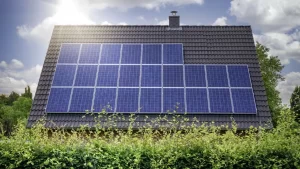
Many factors determine the quality of plants. For example, a container’s size and shape can significantly impact the growth and development of a plant. This is why size and shape are key factors when choosing plant containers.
Impact of Size
Container size is an essential factor to consider when planting because it affects the amount of soil and water available to the plant. In general, larger containers hold more soil and water, providing a larger reserve for the plant to draw from as it grows. This can benefit plants with a consistent and steady moisture supply, such as succulents.
On the other hand, smaller containers can benefit plants that prefer drier soil, such as cacti. Smaller containers dry out more quickly than larger ones, which can help prevent over-watering and root rot. Additionally, plants in smaller containers will experience more fluctuation in soil moisture levels, which can help them develop more robust root systems that can better tolerate dry conditions.
Impact of Shape
In addition to size, the shape of plant containers can also affect plant growth and development. For example, a tall, narrow container can benefit plants with a vertical growth habit, such as tomato plants, because it allows the plant to reach taller heights. A broad and shallow container is suitable for plants with a spreading growth habit, such as strawberries, as they can spread their roots wide. This can also be good for plants that thrive on drier soil.
Some materials like terracotta can be porous and dry out the soil more quickly, benefiting plants that prefer drier conditions. At the same time, plastic containers may retain moisture for longer, which can be helpful for plants that require consistent moisture.








